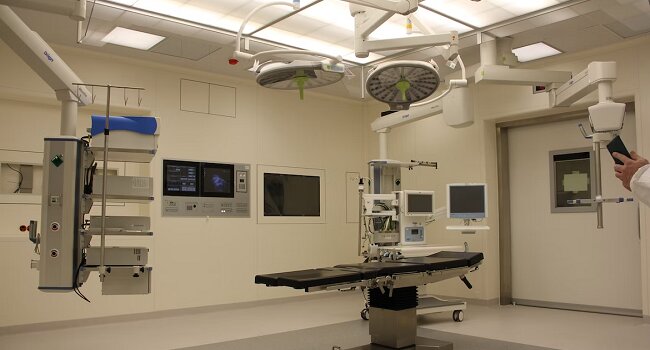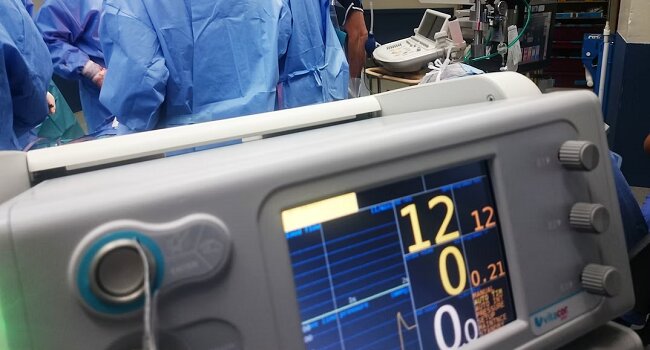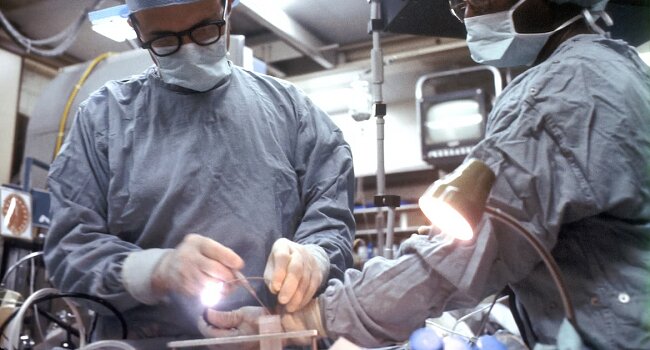Discover the benefits of robotic surgery – the future of minimally invasive procedures. With cutting-edge technology and the expertise of medical professionals, surgeries are safer, faster, and more precise – resulting in decreased pain and trauma. Learn how robotics are revolutionizing surgical procedures and why the future of medicine depends on this emerging technology. Would you trust a robot or a specialist doctor to perform a delicate surgical procedure? Find out why robotic instruments are increasingly common in the field of medicine.
What is Robot – Assisted Surgery?
Explore the revolutionary field of robotic surgery, also referred to as robot-assisted surgery, which is expected to grow to a market value of $98.7 billion by 2024. This advanced technology is transforming the medical sector with its exceptional advantages, including shorter hospitalizations, quicker healing times, and enhanced surgical precision, which have all been scientifically proven through extensive research. A clinical study conducted by UCL and the University of Sheffield is an example of the benefits, exhibiting a 20% reduction in patient hospital stays due to the utilization of robot-assisted surgery in bladder cancer removal and reconstruction.

You should study data from studies in more detail to understand the features of the technology. Even if you have access problems, use a free VPN for website from a trusted developer. This will allow you to open almost any web resource, regardless of the type of its regional restrictions.
Robot-assisted surgery involves three main parts: the surgeon’s console, the patient cart, and the vision cart. The required components may vary depending on the type of surgery.
- The console allows surgeons to control instruments and view a 3D image of the patient’s anatomy in real time.
- The patient cart holds the necessary cameras and instruments for the surgery and is placed beside the patient.
- The vision cart ensures seamless communication between all components of the system.

However, this high demand for technology may create additional risks. Quite a few films have already shown how hackers hack into pacemakers or other medical devices and control people. However, the issue of protection can be closed with the help of a VPN for Mac. Once you VeePN app download, you will have access to an encrypted connection that cannot be hacked. VPN apps are indispensable both in everyday life and for doctors during operations. Protect your online presence with a VPN.
Benefits of Robotic Surgery
Robotic surgery is an advanced technique that provides excellent precision for complex procedures that are difficult to perform with traditional methods. This technology offers surgeons more flexibility, allowing them to focus on intricate procedures instead of wasting time on standard processes.

Discover the advantages of robotic surgery for both surgeons and patients. With precision and reduced fatigue, delicate surgeries are performed with ease. Compared to traditional surgery methods, the comfort of a seated position is offered, allowing for better results. Robot arms are flexible and can easily access areas traditionally inaccessible to humans. Patients also benefit from a faster recovery time and less pain since the small incision reduces the risk of infection. Opt for robotic surgery for lower infection risks and a pain-free experience thanks to minimally invasive surgery.
Final Words
Robotic surgery offers many benefits to those who are eligible, but it’s not a one-size-fits-all solution. The patient’s health and the specific procedure must be considered to determine eligibility. For instance, patients with calcification or peripheral arterial disease may not be suitable candidates. Robot mitral valve reconstruction also requires no major coronary artery occlusion. Eligible patients, however, can benefit greatly from this minimally invasive procedure with faster recovery, less pain, and reduced surgical trauma. Robotic surgery’s high degree of dexterity allows surgeons to operate in tight spaces, giving them an advantage over open surgery.
















